 |
Geoscience Education in the Mountain State: |
| CATS Earth Science Connections IV |
| Environmental Geochemistry Telecourse |
Weekly Course Notes: April 23, 2002 (Show 9)
Outline
Dr. Deb Hemler, Dr. John Renton, and Dr. Bob Behling
Dr. Deb and Dr. Bob
- The Research Paper
- The Field Trip and Quiz #3
- Coal Fires
- The Atmosphere and the Burning of Fossil Fuels
- News: PBS Series on the Hudson River; Arctic National Wildlife Refuge (ANWR); Quake!
Break
Dr. Jack and Dr. Bob
- Wetlands: Plants and Chemistry
- Wetlands: Used to Ameliorate Acid Mine Drainage (AMD)
- Evaporites: The Origin of Rock Salt, Gypsum, Anhydrite, and Other Really Odd Salt Minerals!
- Preview of Show #10: The Last Show! April 30
Links of Interest
Coal Fires
- Heat-sensing satellites: fires extend from Pennsylvania to Mongolia
- Triggers: fires (forest and grassland)
- 1997 Borneo coal fires
- Lightning
- Spontaneous combustion
- Pyrite and reactive material heat to build up enough to ignite coal
- Number of fires increase as mining exposes coal seams
- Borneo: 700 fires
- Australia: 2,000 year-old fire
- India coal fire has burned since 1966; mine glows at night
- Centralia, Pennsylvania: forty years ago, smoldering trash in a dump ignited a seam, and fire
worked through mine tunnels
- Population was 1,100 at the time but is now just 40
- The fire is predicted to burn for another 100 years
- China fires area is 3,000 miles long by 400 miles wide
- Stopping fires
- Drilling holes and pumping inert gasses into mine
- Foams pumped in to stifle flames
- Dam surface streams to impound lakes over burning coal
- Pick up and move away to let it run its course (as in Centralia, Pennsylvania)
- Working around fires: In 1995 at the Jharia Mine, a wall collapsed, causing flooding and killing miners
Environmental Disaster (Local and Global)
- It is believed that coal fires put as much CO2 annually in the atmosphere as cars and trucks
- Acid rain from NO and SO2 in 88 Chinese cities
- High incidence of Arsenosis and Fluorosis linked to coal emissions
- China is losing $125 to 250 million in coal resources

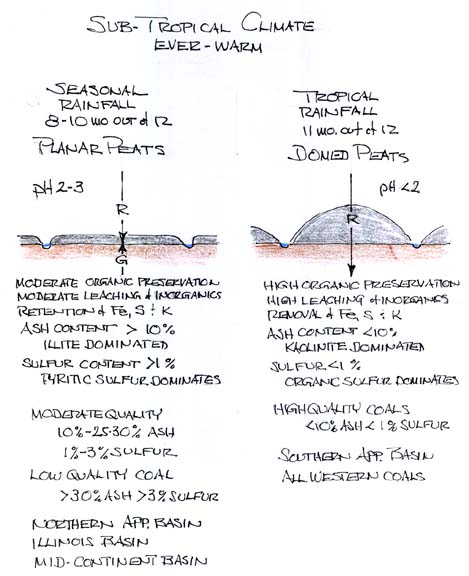
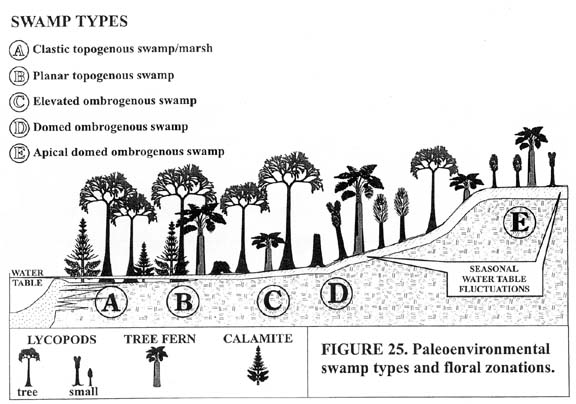

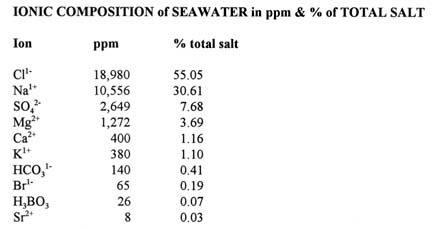
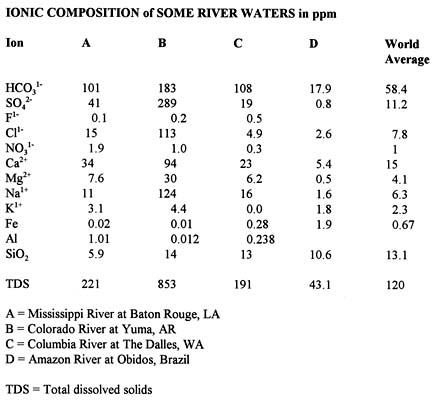

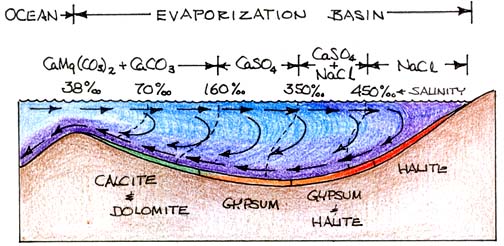
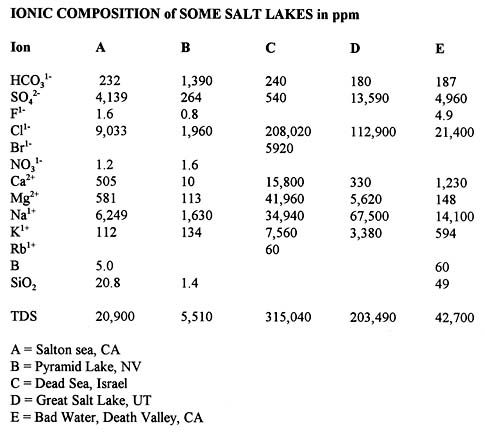

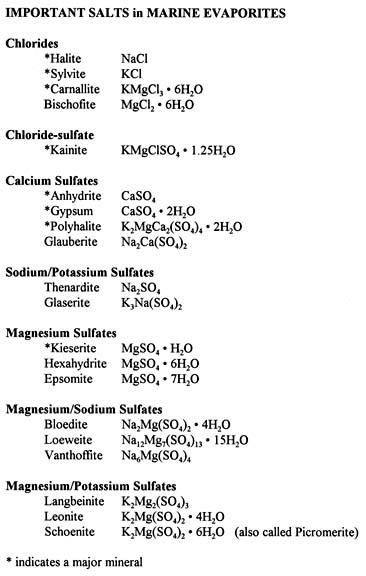
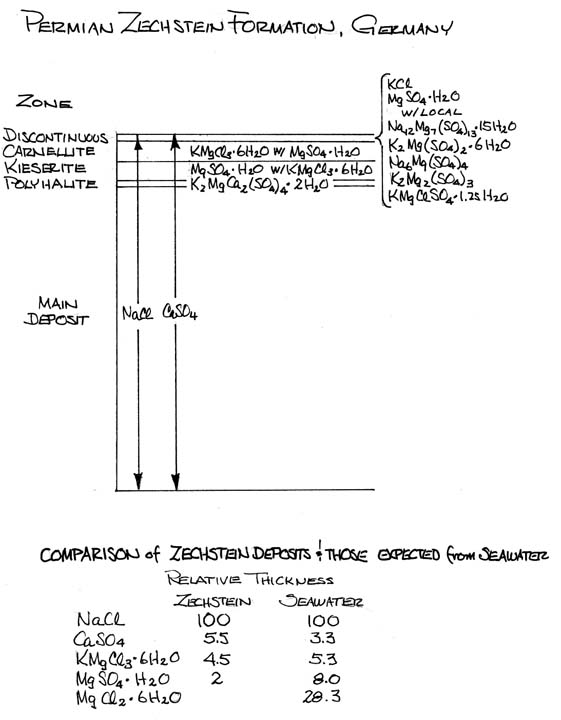
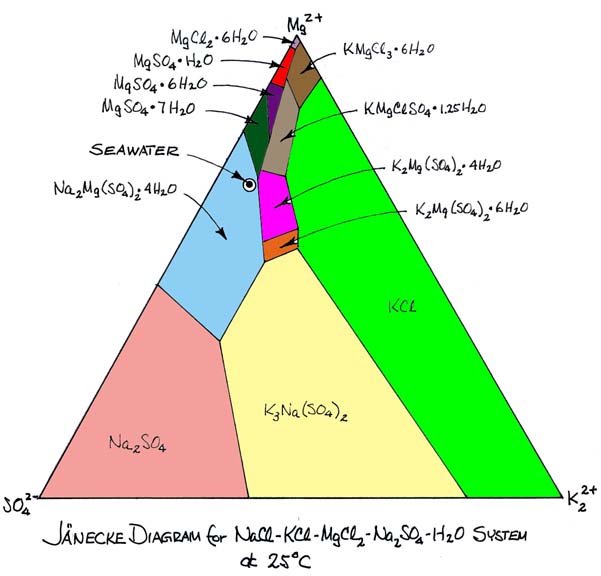
Dr. Robert Behling (rbehling@wvu.edu)
Dr. Jack Renton (jrenton@wvu.edu)
Dr. Deb Hemler (dhemler@mail.fscwv.edu)
WVGES Welcome Page | Geoscience Education Main
Page last revised: April 30, 2002
Please send questions, comments, and/or suggestions to webmaster@wvgs.wvnet.edu














